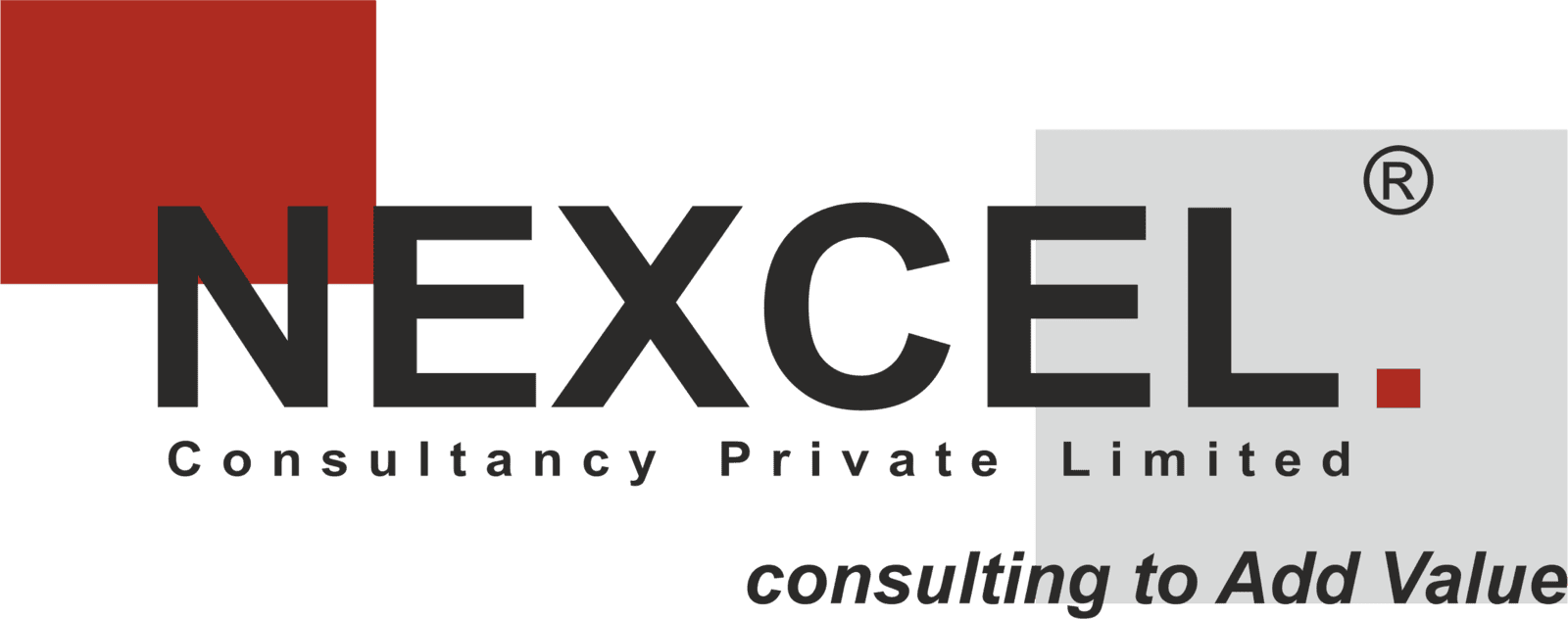Why Compliance Audit?
Ensure your business is on the right side of the law.
Get in touch with us
In today’s rapidly evolving regulatory environment, businesses face an increasing need to ensure adherence to statutory requirements. Compliance audits serve as a critical tool to evaluate and enhance a company’s adherence to legal, regulatory, and internal policies. At Nexcel Consultancy, we specialize in conducting thorough compliance audits that not only identify gaps but also offer actionable solutions.
Expectations from a Compliance Audit
When you engage in a compliance audit, you can expect:
1. Comprehensive Review: A detailed examination of your business’s adherence to statutory laws and internal policies.
2. Identification of Risks: Spotting potential legal risks and areas where your business may face penalties.
3. Process Improvement: Recommendations for enhancing your current processes to align with best practices.
4. Regulatory Updates: Insights on recent changes in laws and how they affect your business operations.
5. Independent Assurance: Objective feedback from experienced auditors to ensure unbiased reporting.
When you engage in a compliance audit, you can expect:
1. Comprehensive Review: A detailed examination of your business’s adherence to statutory laws and internal policies.
2. Identification of Risks: Spotting potential legal risks and areas where your business may face penalties.
3. Process Improvement: Recommendations for enhancing your current processes to align with best practices.
4. Regulatory Updates: Insights on recent changes in laws and how they affect your business operations.
5. Independent Assurance: Objective feedback from experienced auditors to ensure unbiased reporting.
Benefits of Compliance Audits
- Risk Mitigation: Identifying and addressing compliance issues before they escalate into legal challenges.
- Operational Efficiency: Streamlining processes to enhance productivity and reduce redundancies.
- Regulatory Confidence: Demonstrating to stakeholders, regulators, and clients that your business operates within legal frameworks.
- Enhanced Reputation: Building trust and credibility with customers, investors, and partners.
- Cost Savings: Avoiding penalties, fines, and costly legal proceedings by proactively managing compliance.
- Risk Mitigation: Identifying and addressing compliance issues before they escalate into legal challenges.
- Operational Efficiency: Streamlining processes to enhance productivity and reduce redundancies.
- Regulatory Confidence: Demonstrating to stakeholders, regulators, and clients that your business operates within legal frameworks.
- Enhanced Reputation: Building trust and credibility with customers, investors, and partners.
- Cost Savings: Avoiding penalties, fines, and costly legal proceedings by proactively managing compliance.
Content of a Compliance Audit Report
Our compliance audit report is designed to provide clear, actionable insights and typically includes:
1. Executive Summary: An overview of audit objectives, scope, and key findings.
2. Methodology: Description of the audit process, tools used, and data sources.
3. Findings & Observations: Detailed insights into compliance status, highlighting areas of non-compliance.
4. Risk Assessment: Evaluation of potential legal, financial, and operational risks.
5. Recommendations: Practical steps for rectifying non-compliance and enhancing processes.
6. Compliance Checklist: A comprehensive list of regulatory requirements and your business’s adherence status.
7. Conclusion: Final remarks and assurance on the overall compliance health of the organization.
Our compliance audit report is designed to provide clear, actionable insights and typically includes:
1. Executive Summary: An overview of audit objectives, scope, and key findings.
2. Methodology: Description of the audit process, tools used, and data sources.
3. Findings & Observations: Detailed insights into compliance status, highlighting areas of non-compliance.
4. Risk Assessment: Evaluation of potential legal, financial, and operational risks.
5. Recommendations: Practical steps for rectifying non-compliance and enhancing processes.
6. Compliance Checklist: A comprehensive list of regulatory requirements and your business’s adherence status.
7. Conclusion: Final remarks and assurance on the overall compliance health of the organization.
